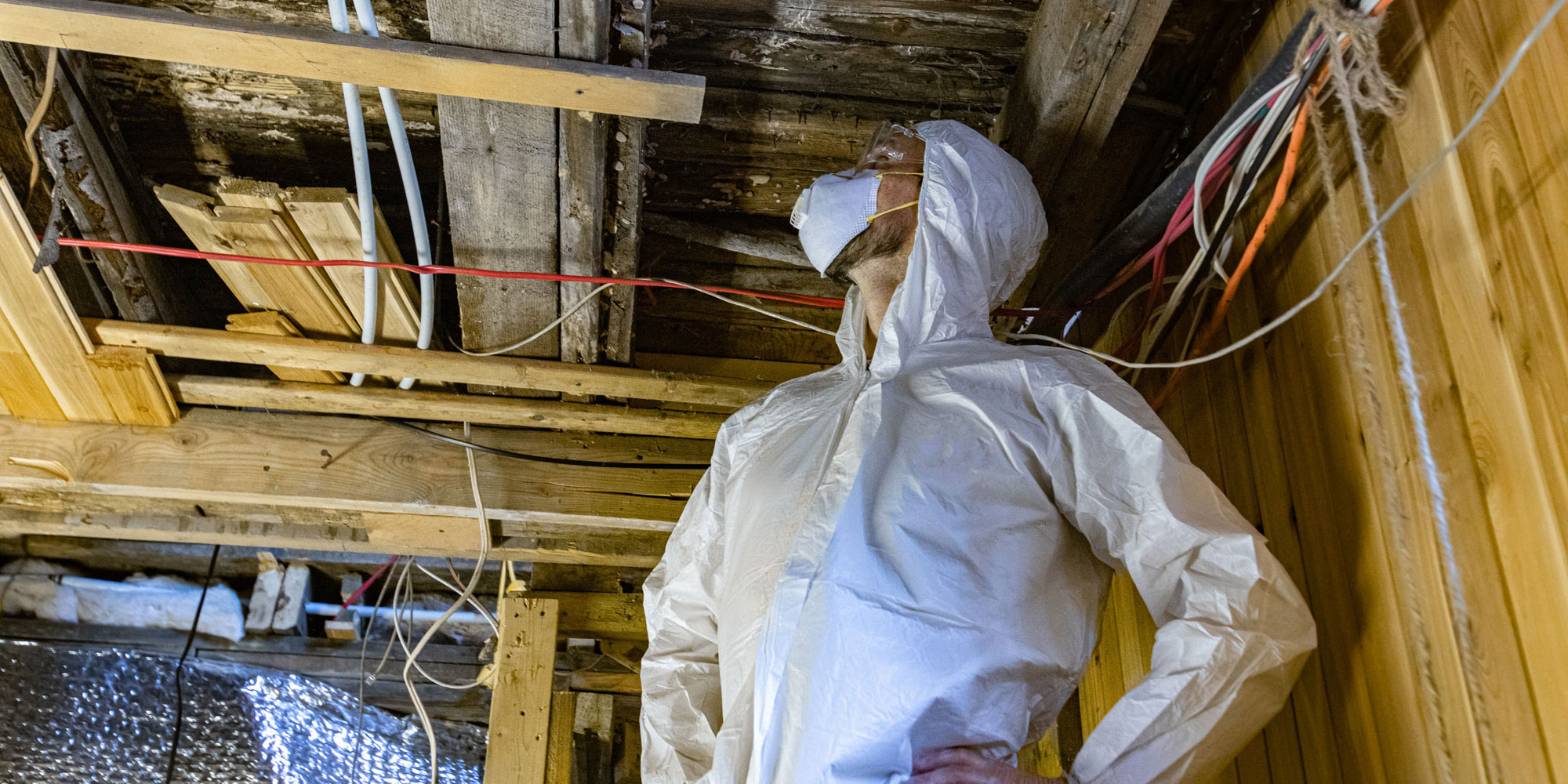With constructive destructiveness to more cost security in school renovations

Sometimes you just have to go through, or more precisely, into the wall. Because it is only with so-called destructive inspections before the planning of a school renovation begins that it is ensured that nasty surprises with unplanned cost increases are virtually ruled out during the implementation of the renovation work.
In many buildings, structural damage, corrosion damage or deficiencies in sealing or fire protection are often hidden. If these defects are only discovered in the course of the renovation work, they can quickly lead to enormous cost increases or even to the abandonment of the work because the plans can no longer be implemented. For example, in many school buildings from the 1950s and 1960s, the load-bearing structures were often weakly dimensioned, so that they no longer meet the current structural requirements and thus do not allow the desired renovation work. If this is recognised too late, the entire renovation is at risk. Destructive testing, which in this case checks the concrete quality, can prevent this problem by taking the results of this test into account at the planning stage.
Taking a look behind the facade "When refurbishing schools, especially those dating from the 1960s and 70s or older, it is essential to carry out a destructive test of the building structure at the points that could potentially jeopardise the implementation of a refurbishment measure. Andreas Schlote, partner of REC Partners GmbH, a specialist in the planning segment of schools and educational facilities, explains. "It is downright negligent not to risk this look behind the facades in order to identify problems in advance that can significantly hinder the refurbishment if not discovered in time. In the last instance, they may even lead to the realisation that demolition and new construction is the more economical solution."
There are numerous places in and on many school buildings, especially if they have been rebuilt and extended several times in the past decades, that require a critical examination for "heart and kidneys". In these cases, risks for renovation can usually only be found out through destructive testing. "Due to their extensive experience, corresponding technical experts have a good eye for where potential sources of danger and pollutants can arise and where destructive tests are necessary," says Schlote. "If you forego these tests in the run-up to renovation planning, you are more or less in the dark when it comes to planning and get involved in a game with an uncertain outcome when renovating a school."